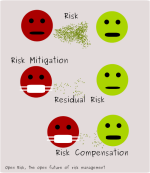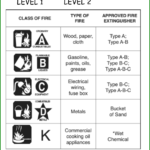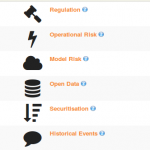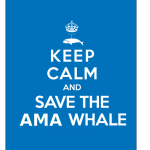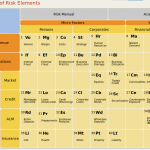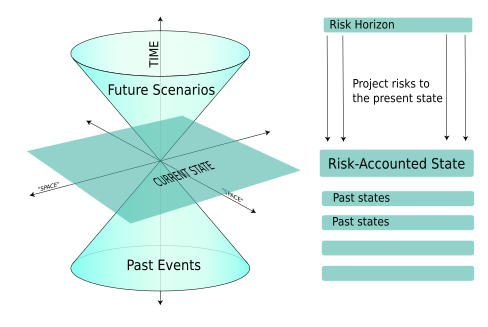
9 Things They Do Not Tell You About Risk Management
Risk Management means different things to different people. In this post we explore some truths about professional risk management that highlight both the challenges it is facing as a discipline and the significant role it can play towards a sustainable future
Informal Risk Management has been practiced by individuals since time immemorial. This is the domain of intuitive decision-making, assessing a situation on the spot and taking immediate action to avoid obvious risks.
